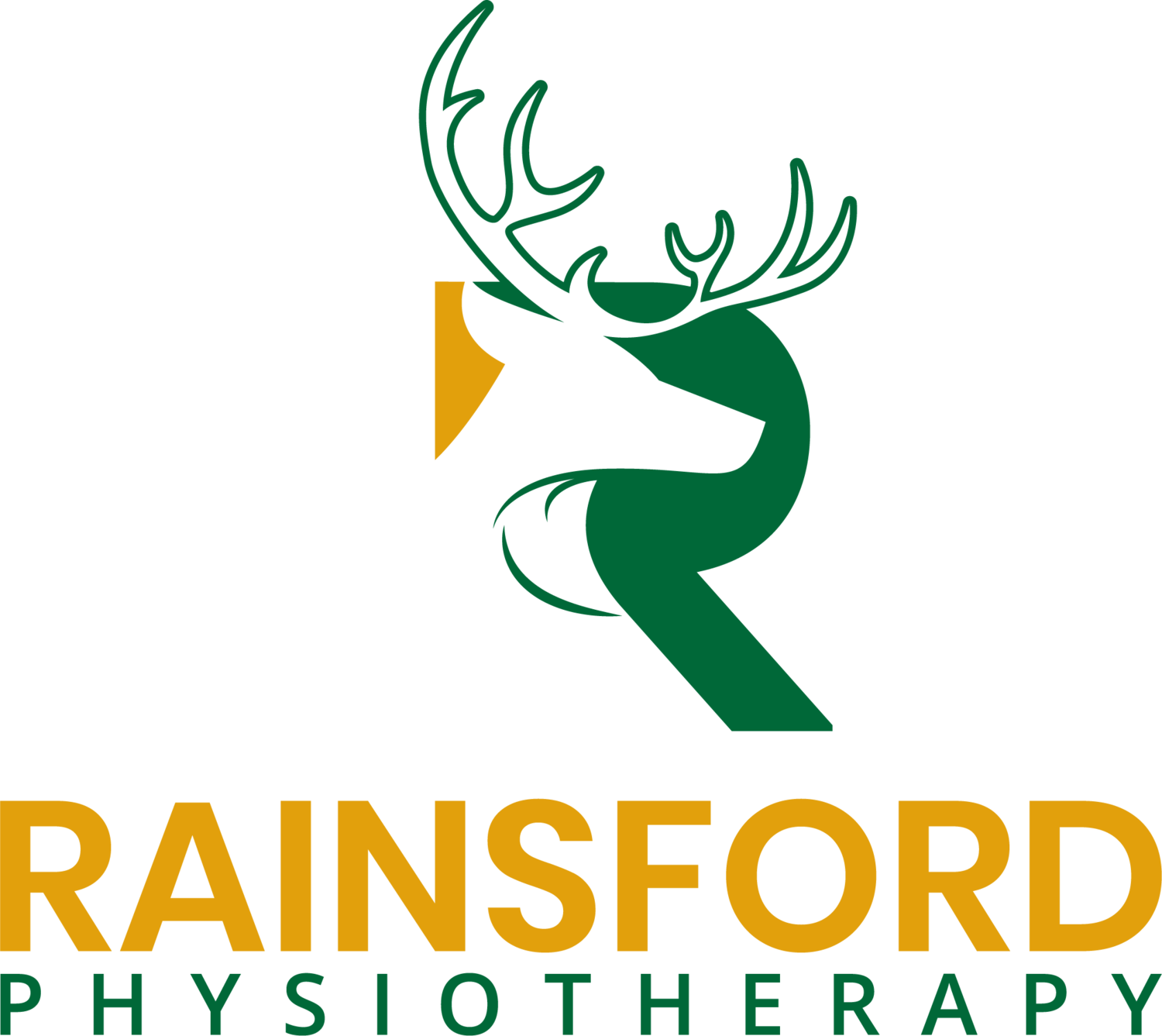IMS (Intramuscular Stimulation) and Trigger Points
IMS treatment of the upper trapezius muscle!
IMS uses solid, fine, flexible, and disposable stainless steel needles to trigger muscular twitches when they are inserted into trigger points within muscle fibres.
Indications for using this treatment option:
Myofascial (myo = muscle) trigger points.
What is a Trigger Point?
Colloquially, terms like ‘trigger points’, ‘muscle knots’, ‘shortened muscle’, and ‘taut bands of tissue’ are all used to describe a hyper-irritable section of muscle fibre that is functioning abnormally and remaining in a semi-contracted state(1). There is typically a dull, aching pain with compression, stretch, and active contraction of the muscle fibre(s) and often a referred sensation in a distant spot from the affected area.
Trigger points may be a primary cause of pain and dysfunction, such as from unusually high load or overuse of the muscle, or a secondary result of another issue(1).
Are IMS and Acupuncture the same?
The umbrella term for this type of intervention is ‘Dry Needling,’ which includes acupuncture and IMS. Acupuncture has a foundation in Traditional Chinese Medicine (TCM) and is based on a reputable theoretical system of ‘energy flow’ along meridian lines in the body. IMS was developed by a Physician in Vancouver, BC called Dr. Chan Gunn. It is based on western medicine’s understanding of neuroanatomy and neurophysiology. While both Acupuncture and IMS use essentially the same tools it is primarily differentiated by their theoretical understandings of “why” the symptoms are present, “what” is looked for during the physical examination, and “where” and “how” the patient is treated.
IMS does not involve the injection of medications, making the ‘dry’ needling technique very different from ‘wet’' needling techniques where substances are added into the body, such as vaccines or medications.
How I practice IMS:
The area(s) being treated will need to be adequately exposed for examination and treatment. Please inform me if you feel uncomfortable exposing the area(s) prior to treatment. I use gowns, towels, and other linen to only expose the necessary amount of skin. Your sense of safety and comfort is my primary concern!
The treatment begins with cleaning the skin of the targeted area with an alcohol swab. Then, a solid, fine, and flexible needle will be inserted into the abnormally functioning muscle fibres. Only one needle is used at a time. You will experience a muscle twitch and an achy cramping sensation through the area. This discomfort is often a necessary effect in order to facilitate an overall therapeutic effect on your pain. However, if the sensation is too intense an alternative insertion site will be chosen.
Each ‘poke’ or insertion lasts 10-15 seconds and I will move the needle in/out at different depths in order to elicit multiple muscle twitches.
The number of ‘pokes’ will depend on the size of muscle, number or muscles being treated, persistence of symptoms, and your personal tolerance to the treatment.
What next?
It is common that IMS may cause a temporary increase in muscle soreness for 1-2 days after treatment. As your post-treatment soreness resolves you should begin to experience an overall improvement in your symptoms!
Repeated sessions are typically necessary to get more prolonged symptom improvement. I tend to use IMS as a short-term intervention (3-6 treatments as a general range) that can then be maintained with home exercises or other interventions that we will go through!
Have more questions about IMS? Get in touch!
References:
1. Dommerholt, J., & Fernández-de-las-Peñas, C. (2018). Trigger point dry needling e-book: an evidence and clinical-based approach. Elsevier Health Sciences.
- Thanks for reading and keep looking for more posts in the future on other ‘hot topics’ in the world of Physiotherapy and Physical Rehabilitation!

